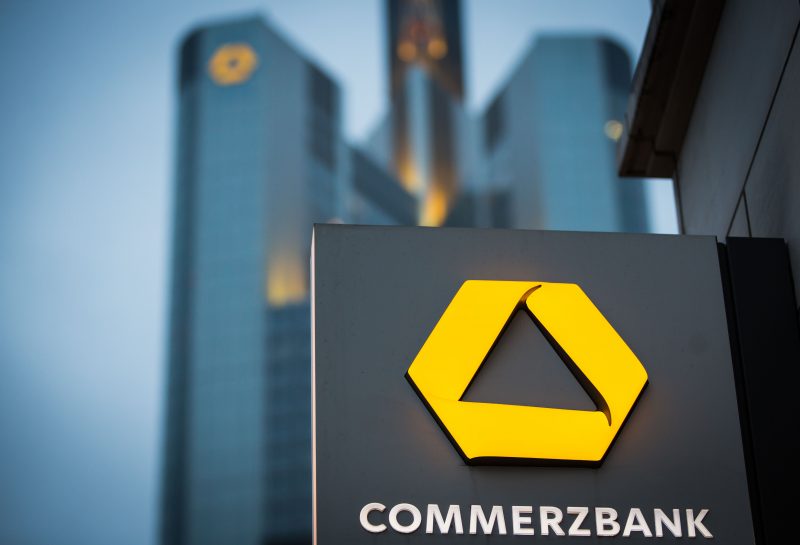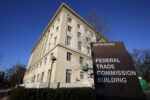Commerzbank pays first dividend in two years after profit leap
Strong results for Commerzbank come as rumours a merger is on the cards with larger rival Deutsche Bank (Frank Rumpenhorst)
Frankfurt am Main (AFP) – Germany’s second-biggest lender Commerzbank said Thursday its profits jumped in 2018, with growth in its client base and ebbing restructuring costs opening the way for a first dividend payout in two years.
Net profit at the bank was seven times larger than in 2017, at 865 million euros — slightly short of forecasts from analysts surveyed by Factset.
Operating, or underlying profit grew eight percent, to 1.2 billion euros, although revenues fell two percent, to 8.6 billion.
Commerzbank plans to pay out a dividend of 20 cents per share for 2018 after a two-year freeze — with a major beneficiary the German state, which still owns a 15.6-percent stake dating back to a crisis-era rescue.
The lender added that it also plans a dividend payout for this year.
Strong results for the bank with the yellow triangle logo come as rumours a merger is on the cards with larger rival Deutsche Bank — under pressure from the finance ministry in Berlin — have reappeared.
For now, Commerzbank says it is hard at work digitising its operations and roping in new clients, adding 417,000 retail and small-business customers and 3,500 in its corporate bank.
Executives hope the larger client base will make for higher revenues in the future once the eurozone exits its long years of crisis-fighting low interest rate policy from the European Central Bank.
Meanwhile the bank kept its costs stable at 6.9 billion euros, as 9,500 jobs were slashed over 2018.
“Our strategy is right and is working,” chief executive Martin Zielke said in a statement, adding that “we are growing in terms of customers, lending volume and underlying revenues.”
Looking ahead, the group aims to increase revenues three percent per year, while costs should fall slightly in 2019 and to 6.5 billion euros by 2020.
Commerzbank also reported a capital ratio — a key measure of resilience to economic shocks — of 12.9 percent, down from 14.1 percent in 2017 but still higher than required by ECB supervisors.
Disclaimer: This story is published from a syndicated feed. Siliconeer does not assume any liability for the above story. Validity of the above story is for 7 Days from original date of publishing. Content copyright AFP.


